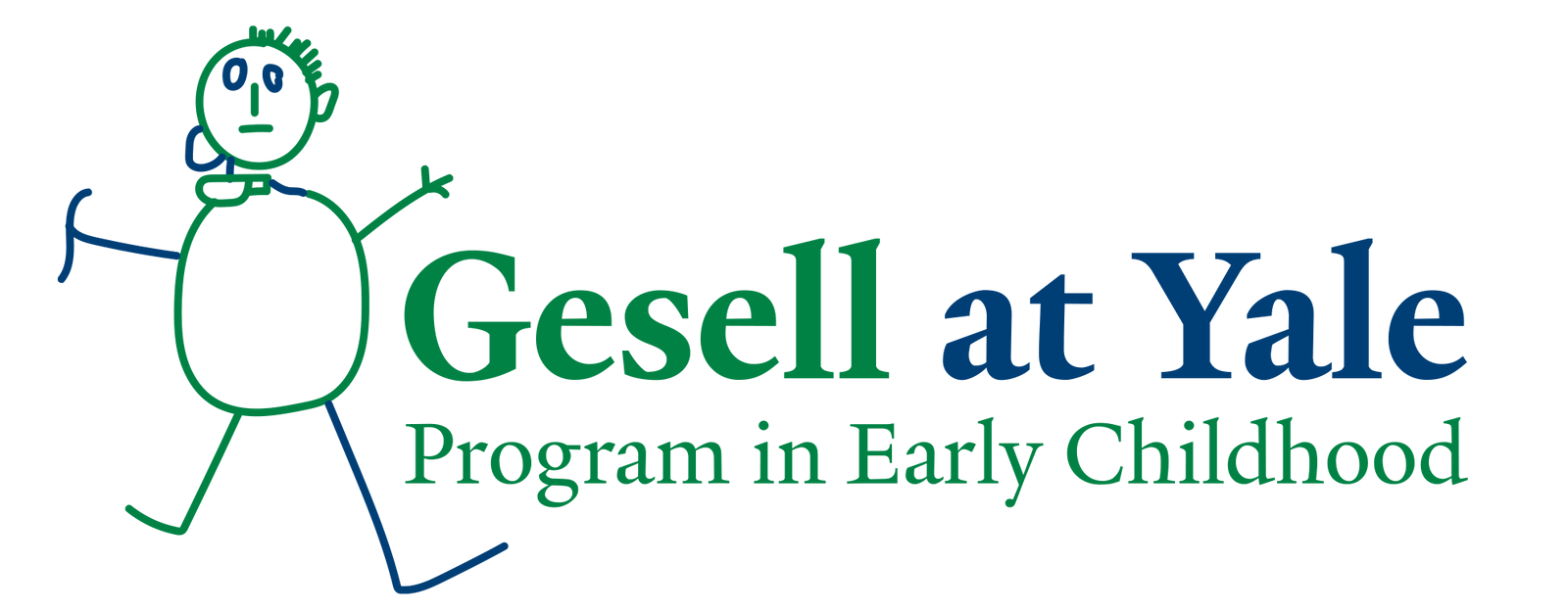Making Wondering Visible
In our last week of the summerPlay Based Learning pilot (read all about our program here!) with the New Haven Public Schools, students designed a museum of their “Wondering” process. Each classroom focused on the wondering question they had been investigating throughout the summer, and students were asked to choose one artifact as a representation of their wondering. The goal was to show, through found or created objects, the various stages of inquiry that emerged from the prompts offered. These prompts, or provocations, included an overarching “Wondering Question”, like “What makes a home?” or “Why is water important?” as well as related mentor texts, natural objects like nests and shells, and tools of inquiry like field guides and magnifying glasses. Students within each classroom then considered similarities and differences between the chosen artifacts, and how to group them into “exhibits” within their classrooms to highlight threads of inquiry or the story of a specific line of observations.
through found or created objects, the various stages of inquiry that emerged from the prompts offered. These prompts, or provocations, included an overarching “Wondering Question”, like “What makes a home?” or “Why is water important?” as well as related mentor texts, natural objects like nests and shells, and tools of inquiry like field guides and magnifying glasses. Students within each classroom then considered similarities and differences between the chosen artifacts, and how to group them into “exhibits” within their classrooms to highlight threads of inquiry or the story of a specific line of observations.
In both the 1st/2nd grade class and in the 2nd/3rd grade class, students inquired about “What makes a home?” This same Wondering Question unfolded in two very different directions, as displayed in their unique classroom museums. Students in the 1st/2nd grade class constructed human homes from different materials and created a mural to explore similarities and differences in all of their own homes. In comparison, the 2nd/3rd grade class became intrigued by animal homes, and compared them to human homes using the tool of Venn diagrams. A pair of students collaborated to investigate how a natural structure can be a home for multiple types of animals. Their process led them to illustrate how a tree can house birds in its branches, squirrels in its trunk, and worms in its roots.
Once exhibits were completed, students were invited to view each others classroom museums. Children were intrigued by how other classrooms answered the same wondering question they investigated, and teachers helped them consider the value in both approaches. Parents were invited to view the exhibits and students were excited to share their individual stories.
The museum design asked students to reflect on their classroom community’s summer-long exploration, revisit the evolution of their wondering and to share this  story with others. It also asked us, the facilitators, to reflect on impact and to communicate the value added of our program. When we send our kids to basketball camp for a month, we hope they come back a bit exercised and with some dribbling and foul shooting skills. But how do you demonstrate the growth of a community of young learners who began by wondering “What is water used for?” and evolved to asking “Why do some things get bigger when we put them in water” and “How do we make sweat?” As we move this innovative work into the school year, here in New Haven as well as in other partner schools in the nation, we must demonstrate that these higher order thinking skills are growing and translating into real life learning gains. In that process, our challenge is to get creative about hot to measure what we value, and not simply value what we can measure.
story with others. It also asked us, the facilitators, to reflect on impact and to communicate the value added of our program. When we send our kids to basketball camp for a month, we hope they come back a bit exercised and with some dribbling and foul shooting skills. But how do you demonstrate the growth of a community of young learners who began by wondering “What is water used for?” and evolved to asking “Why do some things get bigger when we put them in water” and “How do we make sweat?” As we move this innovative work into the school year, here in New Haven as well as in other partner schools in the nation, we must demonstrate that these higher order thinking skills are growing and translating into real life learning gains. In that process, our challenge is to get creative about hot to measure what we value, and not simply value what we can measure.
